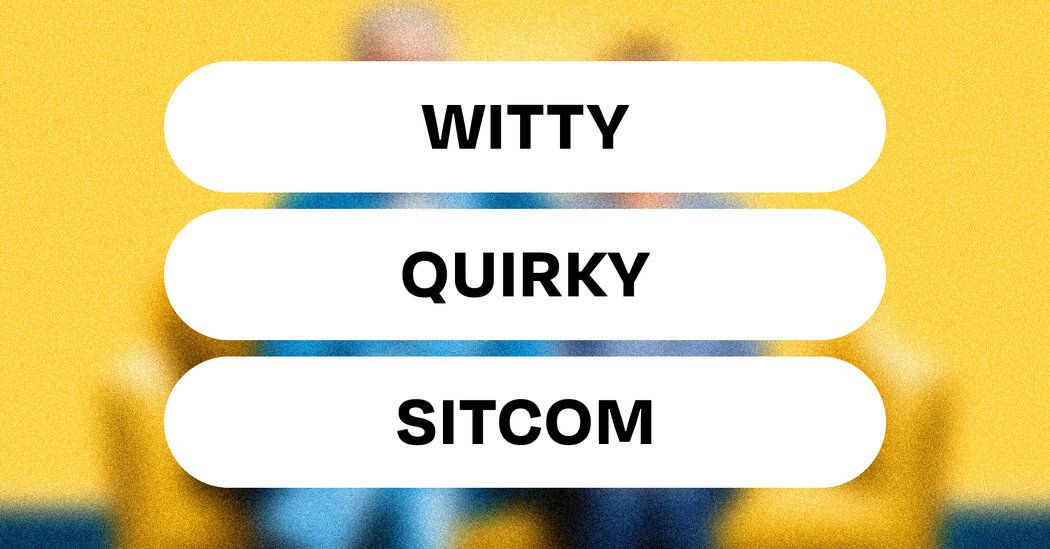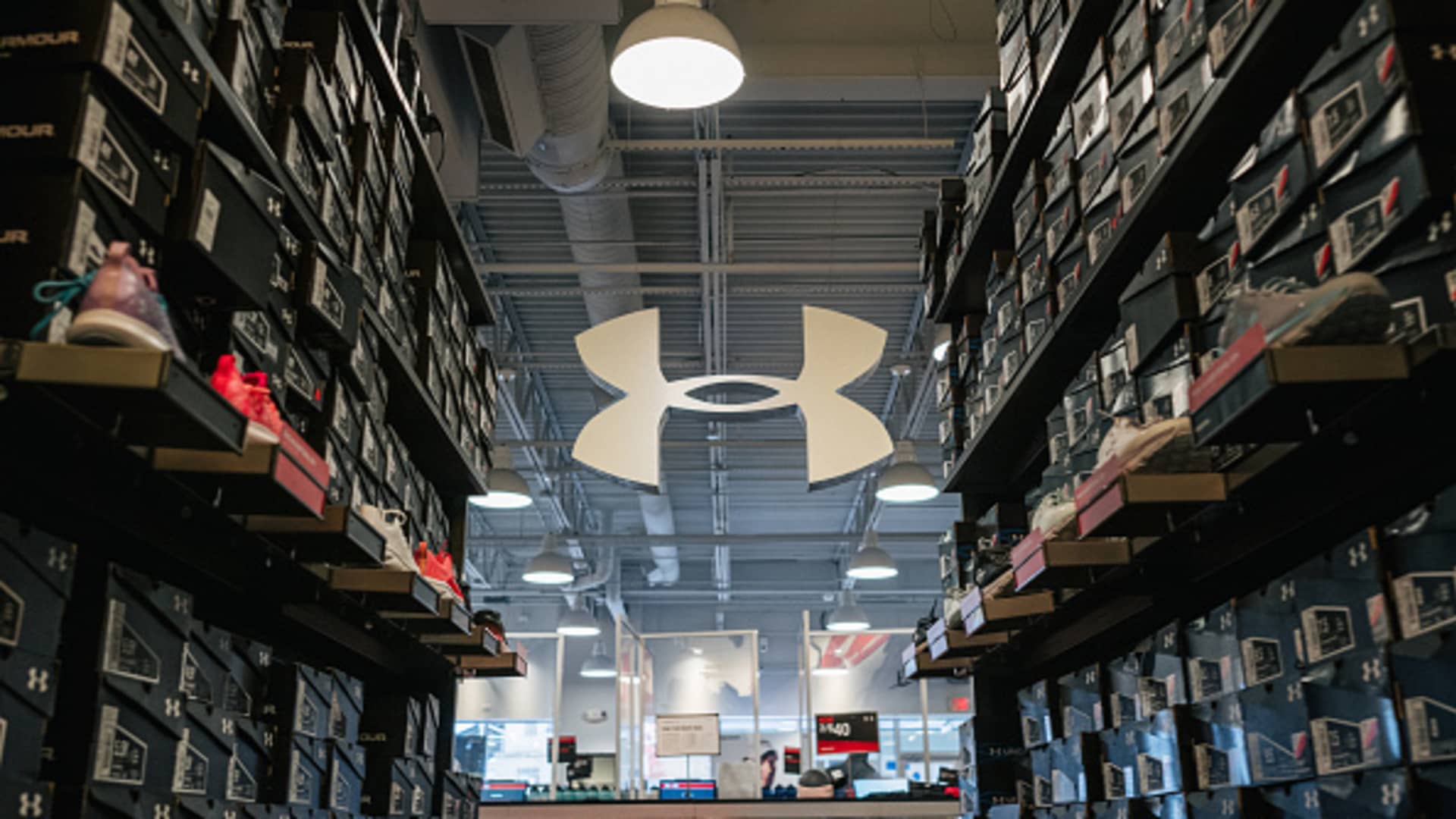“Grey’s Anatomy” is “soapy” and “emotional.” “Emily in Paris” is “cheesy” and “quirky.” “Our Planet II” is “relaxing” and “captivating,” while “Gravity” is “suspenseful” and “visually stunning.”
Words like these, displayed near the synopsis and movie poster-style mosaic for each of Netflix's thousands of titles, seem like they were pulled out of a grab bag.
In fact, they are a critical tool in enticing viewers to click play and a key to Netflix's dominance.
Two- or three-word tags, meant to convey the gestalt of a show or movie, regularly help viewers choose a show from the service's nearly infinite library, the company says. The words are selected by about 30 employees, the so-called taggers.
“Imagine magazines that have no cover and only have photographs,” said Allan Donald, Netflix's chief product officer. “Labels make as much of a difference as a cover line in that instant 'this is for me' decision.”
As Netflix expands its Secretariat-like lead in the so-called streaming wars, the descriptive labels, though sometimes banal, stand out as an example of how the company is staying ahead of the curve. Most rival streaming services don't bother to display labels or don't have the same financial resources to help a group of employees do all the work behind them.
Netflix made about $4.5 billion in profits over the past four quarters, while most of its competitors continued to lose money on streaming. It has 247 million subscribers worldwide, more than double that of many other streaming services. According to Nielsen, it accounted for 7.4 percent of total U.S. television usage in November, far outpacing Amazon Prime Video (3.4 percent), Hulu (2.7 percent) and Disney+ (1.9 percent).
One of the reasons Netflix's share is so high is that it implements numerous tools to convince the viewer to watch. And it is not small thing. There are more than 10,000 titles on Netflix and thousands more on other streaming services. Choosing a show or movie is often tedious and frustrating.
Through years of testing, Netflix executives know that the tools – what they call “promotional assets” – essentially have less than a minute to work. “On average, if you don't get someone to press play within 53 seconds, the probability drops sharply” that the person will watch something, said Eunice Kim, Netflix's chief product officer.
Assets include movie poster-style tiles, as well as trailers and synopses. Tags are another thing that provides a mini-preview to the viewer. Netflix also uses them to help fill out themed queues of titles on the service, such as “Goofy TV Shows” and “Girls Night In.” Like image tiles, the three labels shown to a subscriber (of the few attributed to each program) are based on the person's viewing history.
Each time the company removed labels entirely as an experiment, engagement plummeted, executives said.
“It would take people a lot longer to choose,” Donald said. “They gave up a degree because they didn't like it very much or because they didn't know what they were getting.”
Julia Alexander, chief strategy officer at research firm Parrot Analytics, said the labels probably worked at a subtle level. As potential viewers, “when we see the term 'brave' or the term 'cerebral,' we intrinsically understand what that means,” she said.
Not all of Netflix's efforts to help subscribers find content have worked. In 2021, the company introduced a “Surprise Me” button, similar to Google’s “I’m Feeling Lucky” search button. By clicking on it, viewers got something that Netflix's algorithm was pretty sure they would like.
Although executives felt “incredibly confident” that the algorithm was correct, viewers rejected it. Apparently they wanted more options and the button was abandoned early last year.
The company now has a “Match” button, which tells subscribers, up to a percentage, how much they would like a show. Apparently that tool is a bit confusing for most members and is probably on the way out.
But the labels have persisted since the days of Netflix DVDs. Ms. Kim said, diplomatically, that her competitors often chose instead a more “minimalist” approach with a lot of emphasis on artwork.
“We've been around longer, so we've probably experimented more to learn what works for our members,” he said.
There are more than 3,000 labels and their selection and creation are the subject of intense debate. The most commonly used labels are “romantic”, “exciting” and “suspenseful”. The least used? “Occupation: field laborer.”
In a recent meeting with 14 of the taggers (some with backgrounds as librarians or in information science) there was a discussion about whether they should try to remove some tags that seemed to have overlapping definitions.
“Let's start with something that's been coming out from the analysts who do all of our labeling,” said a senior labeler, Sherrie Gulmahamad, at the meeting, held on the 10th floor of one of Netflix's offices on Sunset Boulevard in Hollywood. “We have 'falling in love' versus 'finding love,' and we also have 'looking for love.' Do we think we need to group them into a single label? Or do we think that they have nuances and that there is a difference between them?
That started a debate, including about how the change would affect scripted series, reality shows and international markets. After a 10-minute conversation, it was decided that the three labels were sufficiently different and should be left alone.
Likewise, there were discussions about whether labels like “cozy” and “villain in love” should be introduced. Some taggers thought “cozy” was too subjective and worried that describing a villain as crush-worthy was editorializing too much. The final decision was postponed to a future meeting.
Donald said that when he interviewed potential taggers, he gave them the “cocktail test.” How would you describe a movie to a person you just met at a cocktail party? He offered a suggestion: “Oh God, I saw this movie, you should see it, this kind of clever cyberpunk thriller that you'll love.”
In Donald's opinion, that brief description (a clever cyberpunk thriller) could provide the defining moment for a viewer at home.
“If you're on the fence about a title and you're thinking, 'Okay, the box art looks catchy and popular, then everyone's seeing it, but is it for me?'” he said. “And then you say, 'Okay, it's a thriller, yeah, this is for me.' That’s what made you click.”








